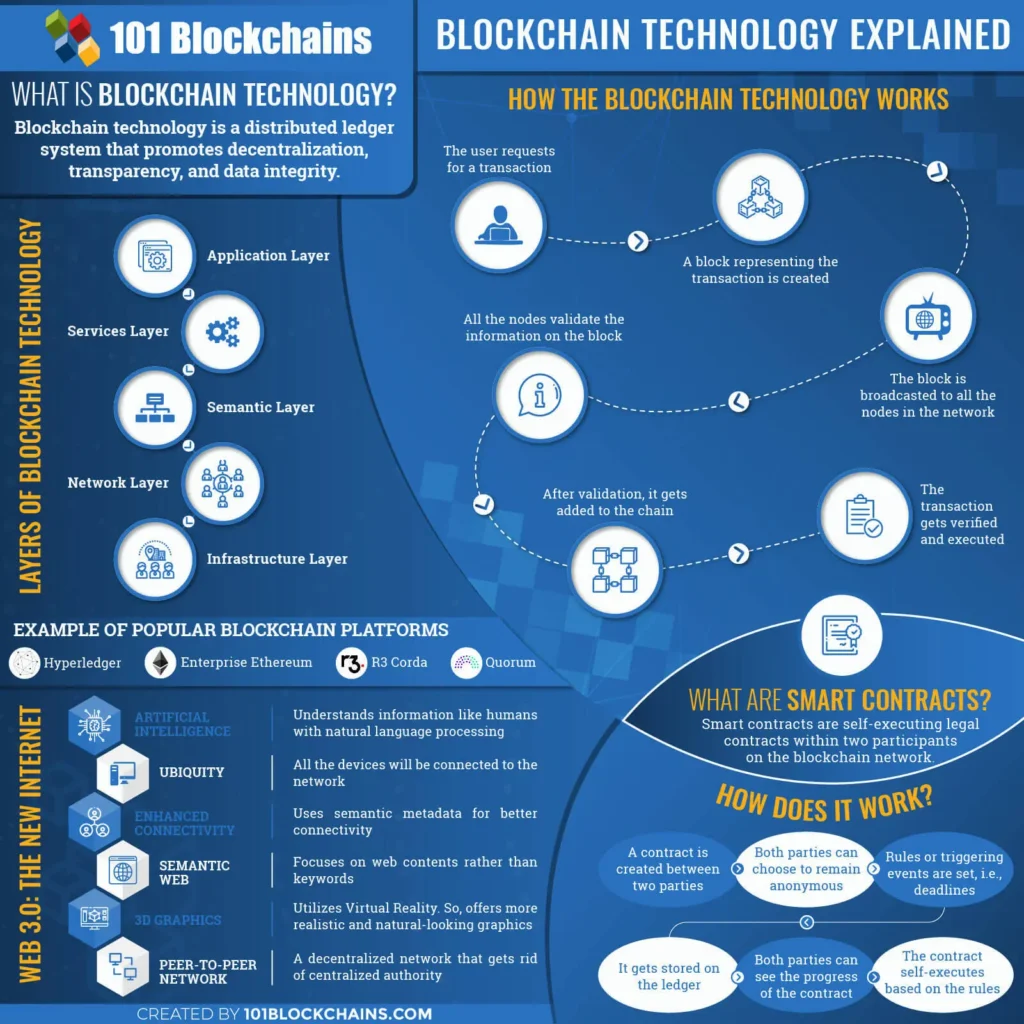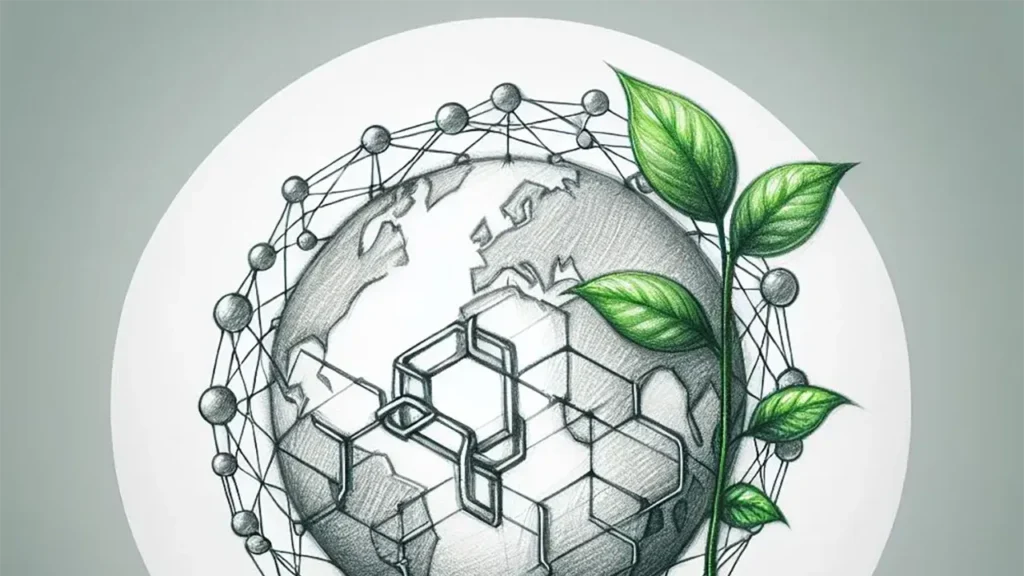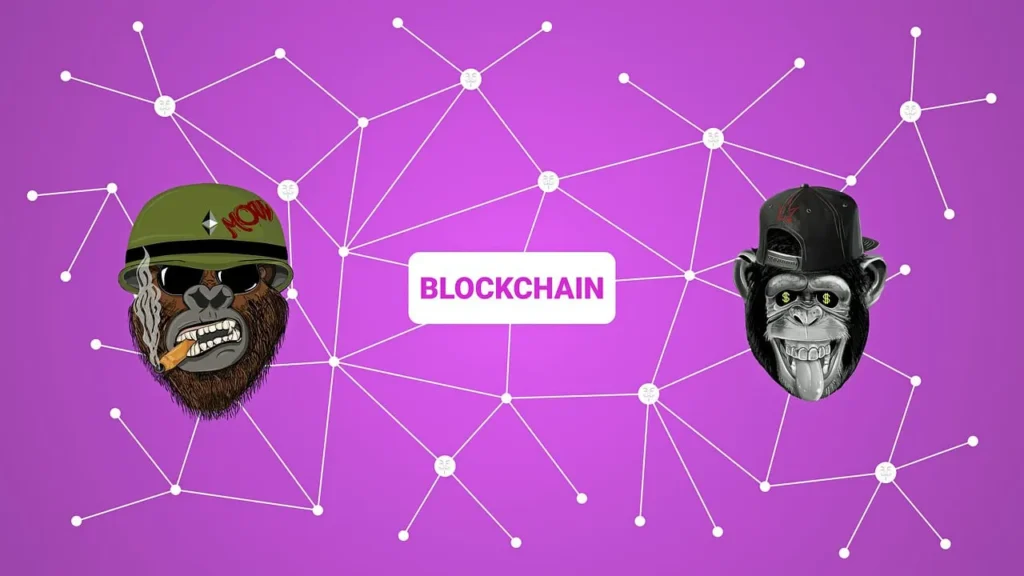Table of Contents
The world is undergoing seismic change. Political tensions, economic volatility, and rapid technological disruption define 2025 more than any year in recent memory. As global supply chains buckle under new tariffs, and conflicts escalate across Europe, the Middle East, and Asia, one thing becomes clear: stability demands new infrastructures. Blockchain stands out as a promising answer.
Rethinking trust: the blockchain as a foundation
In a world increasingly shaped by geopolitical agendas, trust has become a scarce and valuable resource. Traditional institutions are under strain, and centralized systems are prone to manipulation, sanctions, and systemic failures. In contrast, blockchain builds decentralized trust frameworks that function independently of political interference – secure, transparent, and immutable by design.
This is already evident in the financial world, where stablecoins are gaining importance as neutral currency instruments, and where digital central bank currencies (CBDCs), such as the e-euro and China’s e-yuan, are being implemented. Meanwhile, institutional players such as Tradeweb, Goldman Sachs and BlackRock are using blockchain-based systems to securely settle government bonds and digital assets. The trend is clear: if you want to establish trust in uncertain times, transparency is essential – and no technology facilitates this better than blockchain.

What Is Blockchain Technology? 101 Blockchains © 2025
From crisis to opportunity: regulatory clarity as a game changer
While many emerging technologies struggle with regulatory uncertainty, Europe is forging ahead with concrete frameworks. The Markets in Crypto-Assets Regulation (MiCA) and the European Blockchain Services Infrastructure (EBSI) are establishing a consistent legal framework that will allow blockchain applications to be used securely and across borders throughout Europe, and will make them eligible for funding.
This opens up new possibilities for companies, as digital identities, supply chain traceability and the secure archiving of sustainability-relevant data can be efficiently mapped and documented in an auditable manner via the blockchain.
Sustainability meets digitalisation
The European Union sees blockchain technology as more than just a trend; it is also part of their digital strategy and sustainability agenda. It promotes projects for digital sovereignty and infrastructure resilience, creating fertile ground for innovation where ecological responsibility meets technological progress. We can play a pioneering role in this context through partnerships with blockchain initiatives, pilot projects in product development, and thought leadership in sustainable digitalisation.
Wrap-up: The time has come for entrepreneurial foresight
Current political tensions and economic upheavals make one thing clear: the future belongs to systems that are resilient, transparent, and digitally sovereign. Blockchain offers all of these qualities and more. For us, this means that now is the right time to leverage blockchain technology to build trust, boost efficiency and promote sustainability. Amid global volatility, blockchain offers not just resilience, but strategic advantage – for those bold enough to act now.
Literature
- Markets anxious as ‘new cold war’ turns hot: https://www.reuters.com/markets/europe/markets-anxious-new-cold-war-turns-hot-mike-dolan-2025-06-03/
- Bitcoin stabilises as hopes rise Trump tariffs will renew interest in crypto: https://www.ft.com/content/0d6e714b-30a9-4958-8fcb-588fde4e16ed
- Markets in Crypto-Assets Regulation (MiCA): https://finance.ec.europa.eu/digital-finance/crypto-assets_en
- How to deal with Bitcoin and other cryptocurrencies in the System of National Accounts: https://one.oecd.org/document/COM/SDD/DAF(2018)1/en/pdf
- Examining day-to-day crypto volatility and why it’s important: https://reason.org/data-visualization/examining-day-to-day-crypto-volatility-and-why-its-important/
- CBDC DEMYSTIFIED: https://www.idemia.com/wp-content/uploads/2022/09/infographic-central-bank-digital-currency-idemia.pdf



